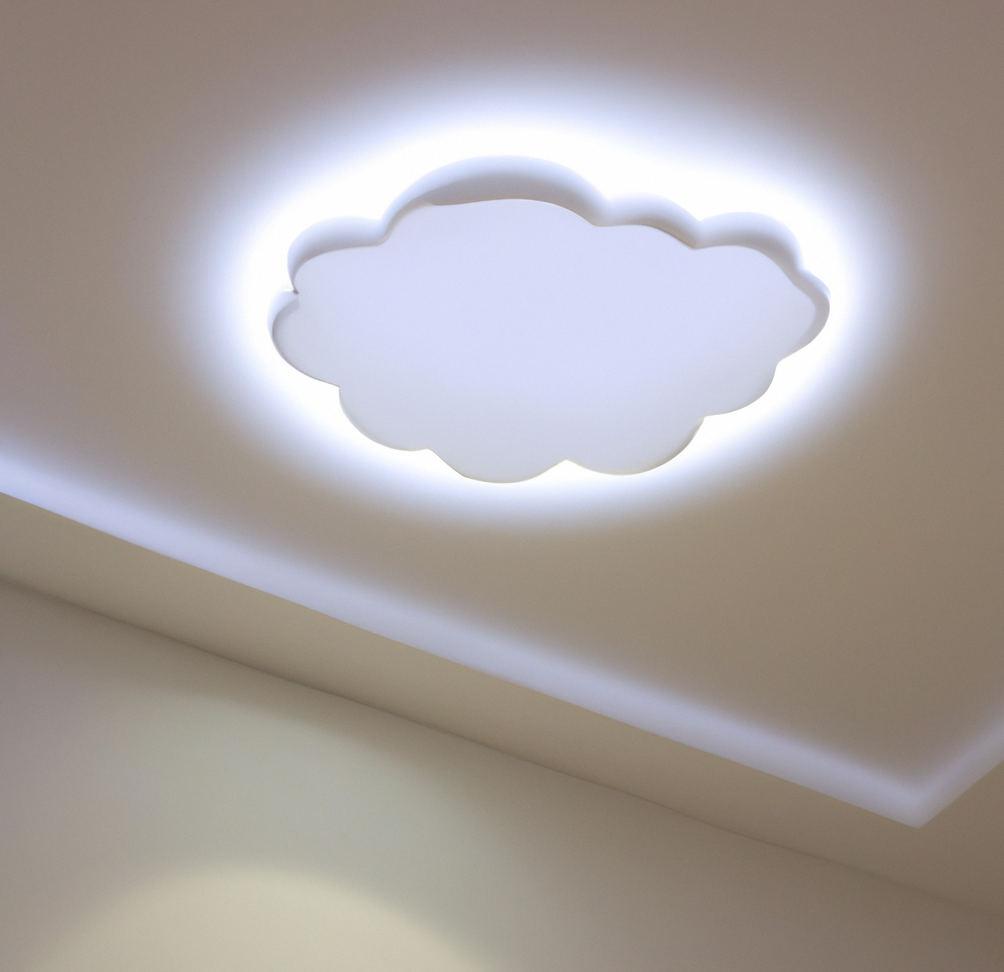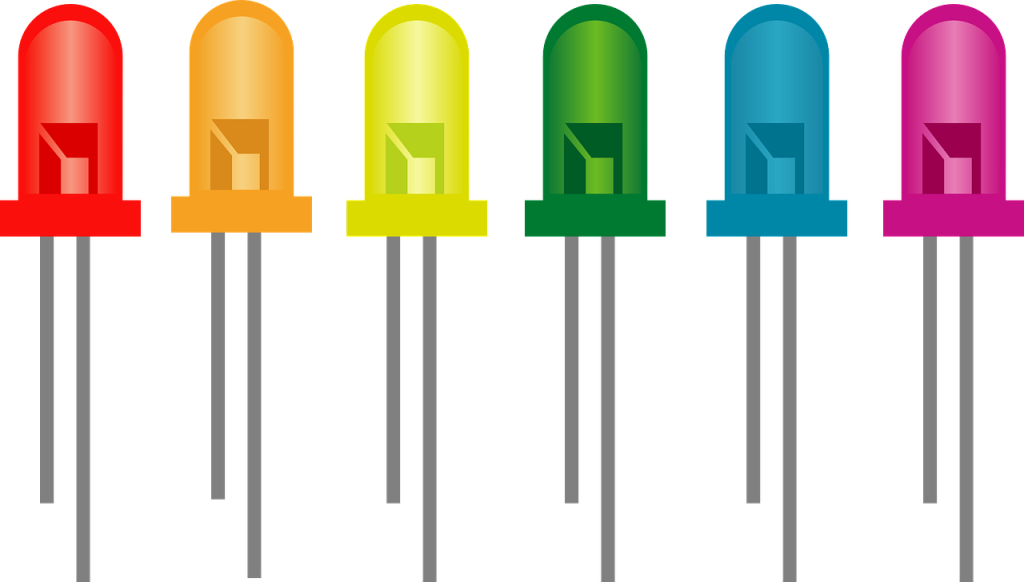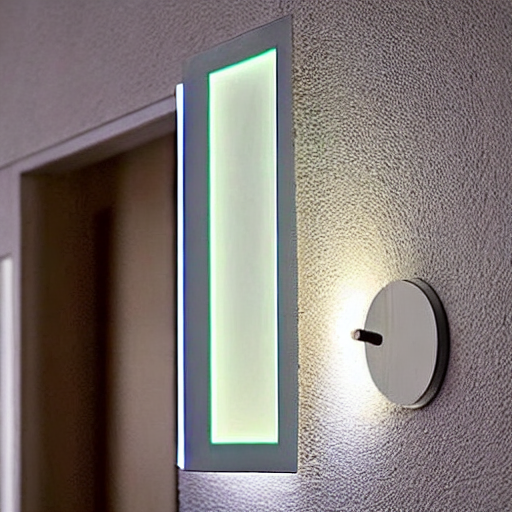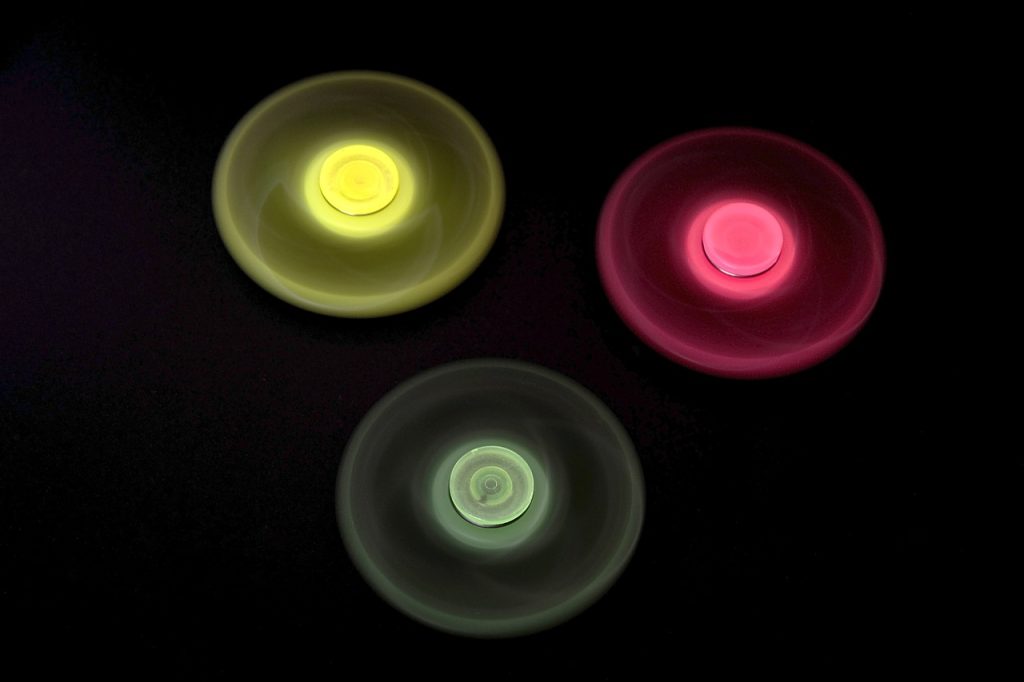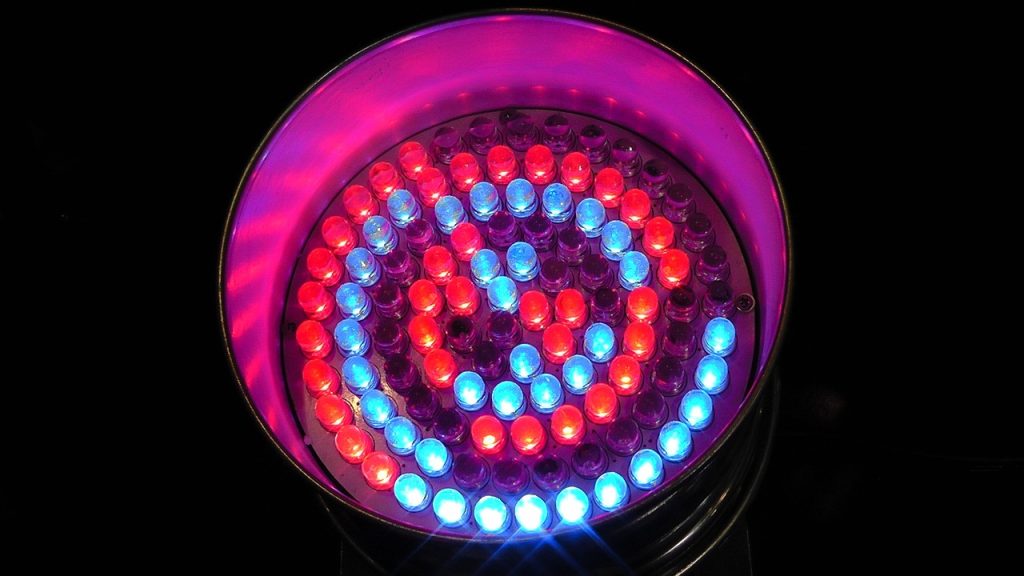
As most of us are becoming more aware of the importance of energy efficiency, we are beginning to make changes in our homes to reduce our energy consumption. After all, who doesn’t want to save money, right? We have gone over the benefits of switching over to LED lights already, but one of the things that you have to keep in mind is the load on your breakers. We can often make a significant difference by switching out our old incandescent light bulbs for more efficient LED lights. But how many LED lights can safely be installed on a 20 amp circuit? Read on to find out!
- Why you should consider switching to LED lights
- How many LED lights can safely be installed on a 20 Amp circuit
- What other benefits come with using LED lights
- A few things to keep in mind when making the switch to LED lights
- Conclusion
- Frequently Asked Questions
- How many LED lights can safely be installed on a 20 amp circuit?
- What are the maximum wattage and current rating for LED lights?
- What are the power dissipation and power factor ratings for LED lights?
- How do I calculate the maximum number of LED lights that can be safely installed on a 20-amp circuit?
- What are the NEC and CEC requirements for installing LED lights on a 20-amp circuit?
- What are the UL and IEC requirements for installing LED lights on a 20-amp circuit?
- What are the manufacturers’ recommendations for installing LED lights on a 20 amp circuit?
Why you should consider switching to LED lights
Making the switch to LED lights has become increasingly popular in recent years, and it is not hard to see why. LEDs offer numerous benefits when compared to traditional incandescent or halogen bulbs. Most notably, LEDs are incredibly energy efficient, consuming up to 75% less energy while offering comparable output.
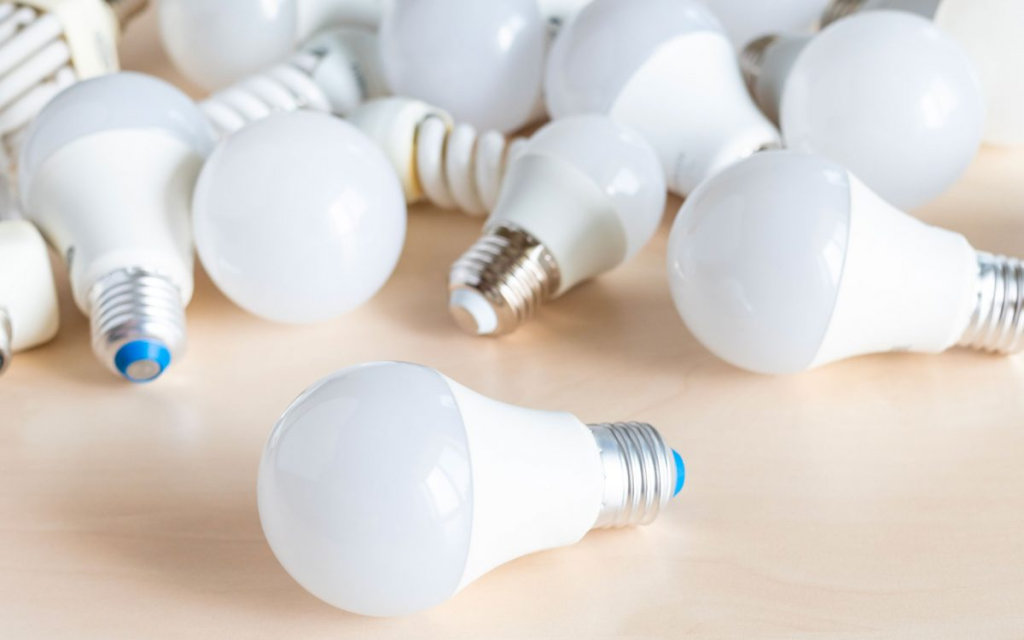
This can really reduce your electricity bills as well as your carbon footprint. On top of this, LEDs have much longer lifespans than traditional bulbs, often lasting up to 25 times longer. This minimizes the need for frequent replacement, resulting in time and money saved over the course of their lifespan. All these factors combine to make LEDs an excellent choice for anyone looking for a more sustainable option when it comes to lighting.
How many LED lights can safely be installed on a 20 Amp circuit
This is one of the things that you’ll have to keep in mind when changing anything in your house, because no one wants to blow a circuit. But it’s pretty straight forward… in a round about way- as it is largely dependent upon the wattage of the LED bulbs.
In general, it is recommended that no more than 80% of the maximum wattage capacity of the circuit should be consumed, so when determining how many LED lights can be used safely on a 20 Amp circuit, it is important to calculate the total wattage of all bulbs being used.
The average wattage for an LED bulb is between 8-12 watts. Therefore, if one uses 12-watt LED bulbs, then approximately 13 or 14 bulbs could be used on a 20 Amp circuit without exceeding its maximum power capacity. However, if one were using 8-watt bulbs instead, then up to 18 or 19 could be installed before reaching the 80% threshold. It is also important to note that several other factors should be taken into consideration when calculating how many LEDs can be safely installed on a circuit, such as the number of outlets already in use, any large appliance draws that may exist and whether or not wiring has been performed by a professional electrician who understands local building codes.
Therefore, though there is no exact number as to how many LED lights can safely be installed on any given 20 Amp circuit since this will depend on several variables such as wattage and amperage loads, one should stay within the safety margin by not exceeding 80% of the total power capacity for optimum energy efficiency and safety reasons.
What other benefits come with using LED lights
LED lights have been gaining traction recently due to their energy efficiency, but they offer more benefits than that. LED is a type of solid-state lighting that is incredibly difficult to break and has a much longer operational lifetime than traditional incandescent or fluorescent bulbs. This can potentially be very cost-effective for businesses and households in the long term.
LEDs typically emit light in a single direction, whereas traditional bulbs use inefficient diffusers which emit light 360 degrees. Therefore, LED lights are also better at illuminating specific areas of a room instead of being dispersed throughout. Moreover, LED bulbs come with adjustable luminosity and color temperature options allowing greater control over output levels compared to standard lighting solutions. As such, many advantages come with using LED lights instead of other artificial lighting sources.
A few things to keep in mind when making the switch to LED lights
In recent years, LED lights have become increasingly popular due to low maintenance and energy efficiency. However, when switching from traditional lighting to LEDs, there are a few important things to bear. Firstly, you’ll want to make sure that the quality of the LED bulb you’re purchasing is good – if you buy a cheaper option, you may find they burn out quicker.
Secondly, research the lumens required for each area of your home so that you have the right light levels. Lastly, check any compatibility issues with your dimmer switches and other fixtures before purchasing. When done well, switching to LED lighting can provide long-term cost savings for your home or business. You don’t want to get an LED light with less comparable output to your traditional light, as this will leave you with a dimmer light.
It is important to see the comparable wattage output on the LED before you buy them, and usually, it is printed on the box that the lights come in. In some versions it will say for example, “comparable to a 55w bulb,” so you will know that it is a comparable output to a traditional 55w light.
Conclusion
The switch to LED lights is a no-brainer for businesses and homeowners alike. Not only do they use less energy, but Led light bulbs also last much longer than other types of lightbulbs. And as a bonus, LED lights can help you save money on your monthly electric bill. So if you’re considering switching to LEDs, go ahead and do it – you won’t regret it!
Frequently Asked Questions
How many LED lights can safely be installed on a 20 amp circuit?
No exact number of LED lights can be installed on a 20 amp circuit because it depends on variables such as wattage and amperage loads. However, it is important to stay within the safety margin by not exceeding 80% of the total power capacity for optimum energy efficiency and safety reasons.
What are the maximum wattage and current rating for LED lights?
LED lights come with different wattages and current ratings. The maximum wattage for LED lights depends on the circuit they are plugged into. For example, if you have a 20 Amp circuit, then the max wattage for LED lights would be 1600 Watts.
What are the power dissipation and power factor ratings for LED lights?
Power dissipation, also known as power loss or thermal resistance, is the amount of electrical energy that’s lost due to heat generated by LED lights. It is important to determine this power loss to accurately estimate the efficacy of LED lights and how much electricity they will use over time. The power dissipation rating for an LED light is typically expressed in watts per meter squared (W/m2).
Power factor is a measure of how efficiently an electrical system uses electricity. In the case of LEDs, it is a measure of how efficiently they convert electrical energy into usable light. A higher power factor rating indicates that LED lamps are more efficient at converting electrical energy into visible light. The power factor rating for an LED light is typically expressed as a percentage between 0 and 1, with 1 being the most efficient power conversion rate.
How do I calculate the maximum number of LED lights that can be safely installed on a 20-amp circuit?
To calculate the maximum number of LED lights that can be installed on your 20 amp circuit, you will need first to determine the wattage and amperage load for each bulb. The wattage rating for LEDs typically ranges from 5-25 watts per bulb, with higher wattages indicating more powerful bulbs. Similarly, the amperage ratings for LEDs typically range from 0.03 – 0.2 amps per bulb. Once you have identified these values for each lightbulb in your system, you can then add up all their combined wattages and multiply by 80% to determine your total power capacity for this circuit. This figure should then be divided by each individual bulb’s wattage rating to find out how many bulbs can safely be connected to this 20-amp circuit without overloading it.
What are the NEC and CEC requirements for installing LED lights on a 20-amp circuit?
The NEC (National Electric Code) and CEC (Canadian Electrical Code) are two of the most important requirements for installing LED lights on a 20 amp circuit. The NEC is a set of safety standards developed by the National Fire Protection Association (NFPA) in the United States, while the CEC is a similar set of safety standards developed by the Canadian Standards Association (CSA) in Canada.
To comply with both codes, LED lights on a 20-amp circuit must have an amperage rating of no more than 0.2 amps per bulb or a total wattage not exceeding 1600 watts for all bulbs connected to this circuit. Additionally, LED lights should be placed at least 8 feet apart from any combustible materials such as paper, wood, or plastic to ensure they do not cause any fires due to heat generated by the bulbs. These safety parameters are designed to limit potential fire hazards while providing enough power to run your lighting system without overloading it.
What are the UL and IEC requirements for installing LED lights on a 20-amp circuit?
UL requires that LED lights on a 20 amp circuit be certified as compliant with UL 1598 Safety Standard for Luminaires. This certification ensures that the light fixtures will not pose any fire or electric shock hazard risk and will limit the wattage rating to no more than 1600 Watts for all bulbs connected to this circuit. Additionally, the UL 1598 Safety Standard mandates that LED lights must be placed at least 8 feet apart from combustible materials such as paper, wood, or plastic to prevent potential fires caused by heat generated by the bulbs.
What are the manufacturers’ recommendations for installing LED lights on a 20 amp circuit?
Manufacturers typically recommend that LED lights on a 20 amp circuit be installed according to the UL 1598 Safety Standard for Luminaires. This certification ensures that the light fixtures will not pose any fire or electric shock hazard risk and will limit the wattage rating to no more than 1600 Watts for all bulbs connected to this circuit. Additionally, manufacturers generally require that LED lights must be placed at least 8 feet apart from combustible materials such as paper, wood, or plastic to reduce potential fires caused by heat generated by the bulbs.





